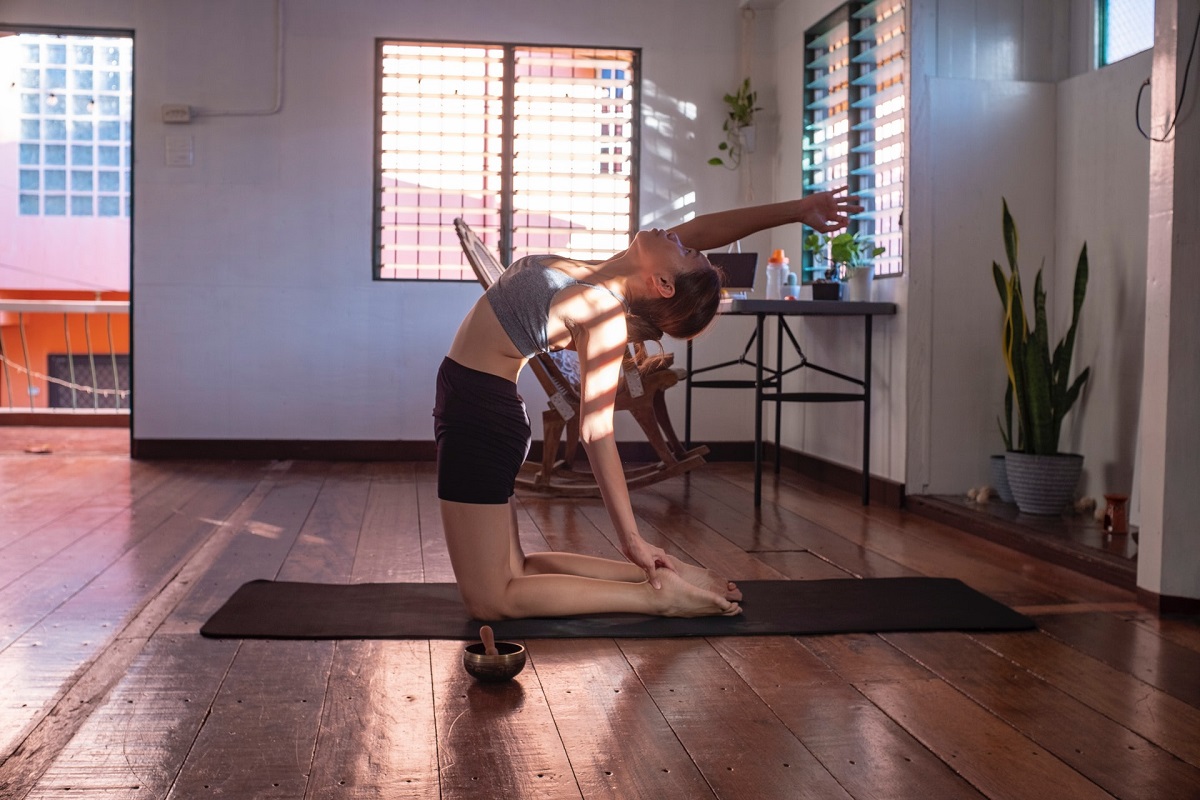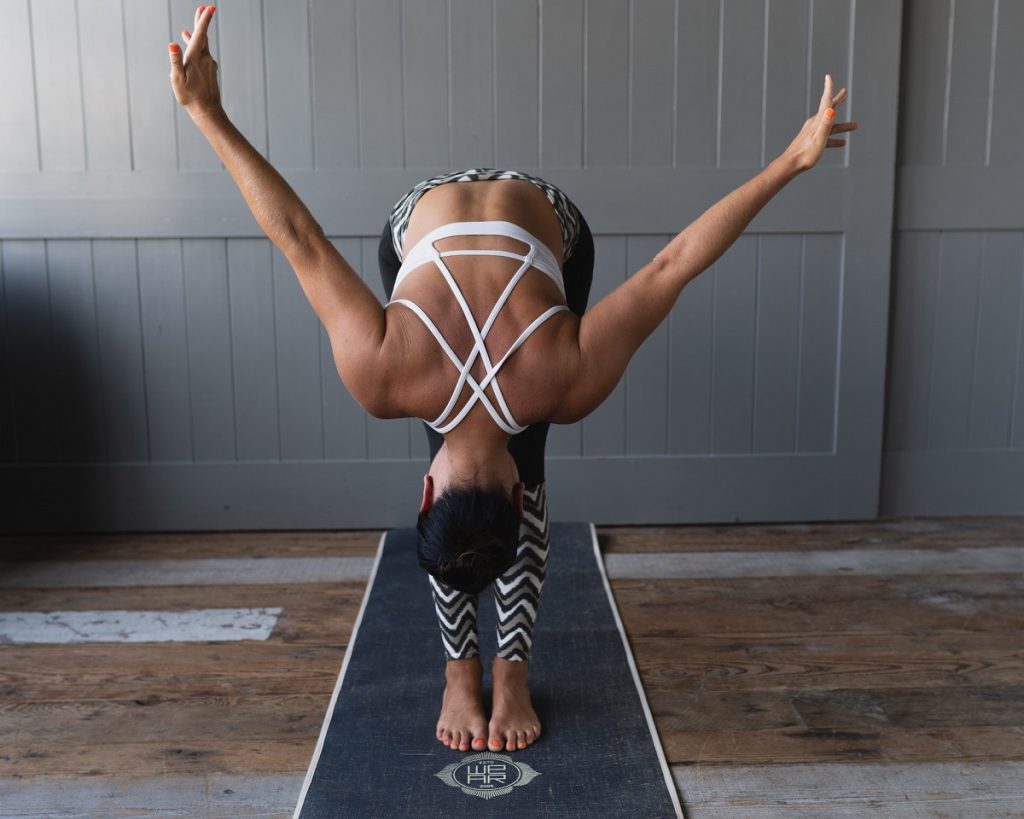Disclaimer: The Lifestyle Elf. This site provides fashion and lifestyle content for informational purposes only.
Anyone who has ever tried sticking with a fitness routine knows how cumbersome it can be to have to match with instructor schedules and travel to and from the studio. Then came the roll-out of recommendations for keeping safe against coronavirus, and now the freezing months of winter, when it feels much more comfortable to snuggle under the covers.
It’s a challenge, but there’s a simple solution to keeping your body from getting stiff during the wintertime: set up a makeshift yoga studio and get a good sweat in the comfort of your own home.
Why Yoga in the Winter?
The dullness of the winter cold doesn’t just bring feelings of gloom and lethargy with it. It may also cause dry skin, aches and pains, coughs, colds, and can even aggravate asthma for some.
Yoga is a great activity for keeping fit and healthy while staying indoors during this season.
-
It’s beginner-friendly.
Don’t be intimidated by the flexibility of yoga experts you see online. Yoga is for everyone.
There are several beginner poses to practice as you’re easing into the activity. For more advanced poses, newbies are perfectly allowed to do modified versions first.
Just give it a try, and before you know it, you’ll be able to do different kinds of yoga poses soon.
-
It’s relaxing.
Yoga is not just a physical activity. It also helps a person’s mental wellbeing by bringing feelings of rejuvenation and happiness.
Yoga engages both the mind and body for a holistic approach to overall wellness.
-
It provides relief for some health issues.
Different kinds of yoga poses can help alleviate pain in the body. For example, some can help relieve back pain.
Conscious breathing is an important aspect of yoga. This, along with specific poses, can also help soothe symptoms of asthma.
-
It boosts immunity.
Yoga doesn’t just clear the mind and help you relax, it also warms up the body and helps it build immunity.
Not only that — practicing yoga can help prevent heart disease because it helps lower blood pressure and slows down your heart rate.
Creating Your Space at Home

Before rolling out your mat for a yoga session, it’s important to establish a place at home where you can have your exercises. But where do you begin?
-
Choosing an Area
First, you have to pick out the best spot for you to do yoga at home.
Whether you for the garage, the bedroom, or a little corner of the living room, it doesn’t have to be too big. You just need enough space to lay down your yoga mat and do various stretches without being uncomfortable.
Tip: Yoga studios leave around 21 square feet of space for each person.
Because yoga is an activity that brings relaxation, it’s also good to have a space with walls in a calm shade. A room with muted colors like mauve, beige, or blush pink may be ideal for meditation during yoga.
-
Decorating Your Space
You now have a designated space at home with ample room for stretches, but it doesn’t end there. Have fun by adding some touches to make your yoga area more inviting.
Scent can induce an atmosphere of relaxation, so using a scented candle or an oil diffuser may improve your experience.
Don’t be afraid to personalize the space and make it cozier by decorating it with plants that can also help purify the air.
-
Other Helpful Equipment
Manipulating the lighting may also be a helpful way to set the mood in the space. Bright whites can help get your mind focused on your poses, while warmer tones can make you calmer.
Setting up a screen to watch yoga videos and a mirror to check your posture may be useful, too.
If you’re not keen on breaking the bank, substitute your good old coffee table books or throw pillows for props like yoga blocks. For yoga straps, use neckties or scarves instead.
To successfully keep up a routine, dedicate that specific space for your regular yoga workouts.
Maintaining Your Yoga Space
Heat, ventilation, and air conditioning in your home will have great effects on your workout. So regular air duct maintenance will ensure that the air you breathe is safe and healthy for you and everyone else in your home. As mentioned above, conscious breathing is vital to yoga.
Essential oils and candles make a room smell better, but poor air quality combined with prolonged hours spent indoors during the winter will still make for an unpleasant experience. Air pollutants and the biting cold can cause and worsen discomfort from itchy throats, coughing, and nausea.
Keep these tips in mind and you can get to putting up your own at-home studio to shake off the winter blues.

